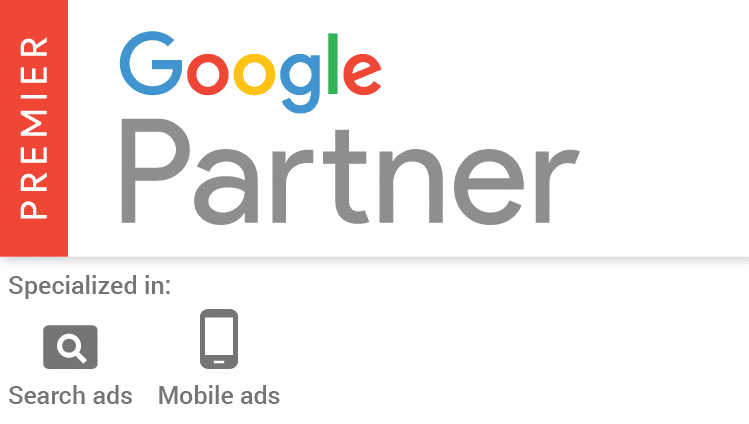Last time out, I discussed how well-known offline home improvement brands can win or lose in the online world. Today, I’m throwing the truck into reverse to talk about how small home improvement businesses without a major offline brand can beat out their larger competitors.
Here are 4 key points:
Easy-to-Find = Easy to Work With
When a homeowner goes online and enters a search term, they’re obviously looking for something. The terms “replacement windows,” “bath liners,” “basement refinishing” and “sunroom company” all denote that the individual is looking for something specific to the home improvement industry.
The law of the Internet is that the Web sites that are the easiest to find get the most clicks, and consequently, the most exposure. This is where small home improvement players can stand out, by ranking high on search engine results pages.
In the minds of Internet users, being “easy to find” equates to being “easy to work with.” With the Web generation, you can’t overlook this. “Point and click” is now the rule, and many smaller home improvement players have recognized this. Small, unknown brands are building brand equity and good will simply by being easier to find than their larger competitors.
Looking Big is Easy on the Web
A replacement windows company with access to strong graphical images (pictures) and a good Web designer can make its Web site look just as big and impressive as that of a well-known and firmly established brand. These days, everyone knows a Web designer…but not everyone has the budget for extensive offline media campaigns. The Web is one place they can compete, so smaller home improvement companies are flocking there.
The Web is inherently a visual medium. Take advantage of its visual nature and look to your Web site to showcase your products, your team and your installations.
Competing on Price: Making Strong Offers
More than ever, home improvement searchers use the Web to research prices and offers. Smaller home improvement brands carefully monitor their online competition and try to deliver stronger offers – often on price alone.
While this may be frustrating to larger home improvement brands, it’s the card that smaller home improvement companies should play to drive responses to their online efforts. Web sites of large brand often feature offers, but those firms may not have the freedom to be as aggressive as smaller, nimble competitors. Alternatively, they might be constrained by current offers running in their offline media campaigns on TV or radio.
Simple Response Paths
As home improvement companies grow, so do their Web sites. They have more products, more links, more information, more everything. And this can easily clutter a Web site and lead to confusion for home improvement shoppers.
Smaller brands tend to have a narrower focus. They have fewer products and can concentrate more specifically on their primary offerings. This leaves more room for calls to action, phone numbers and online forms. Per my earlier point, the easier it is for the homeowner to contact you, the more likely they are to actually do so.
I see this issue time and again on Web sites of home improvement companies, where phone numbers and contact forms are so small and buried, that it’s a wonder how any homeowner can find them – ever. The smaller players who focus their marketing efforts online tend to do a better job with clear, obvious response paths.
Homeowner Connections Through Performance Online Advertising
